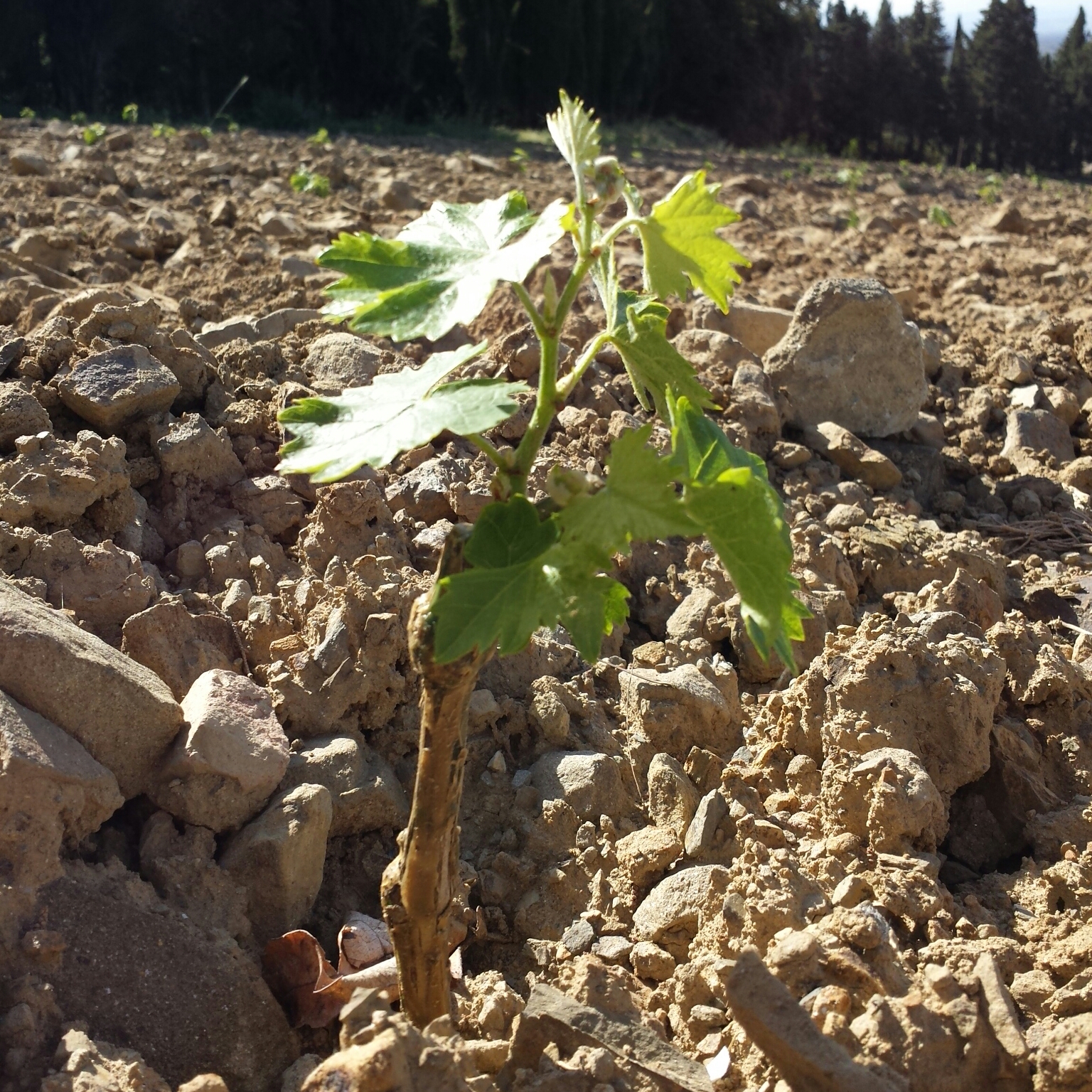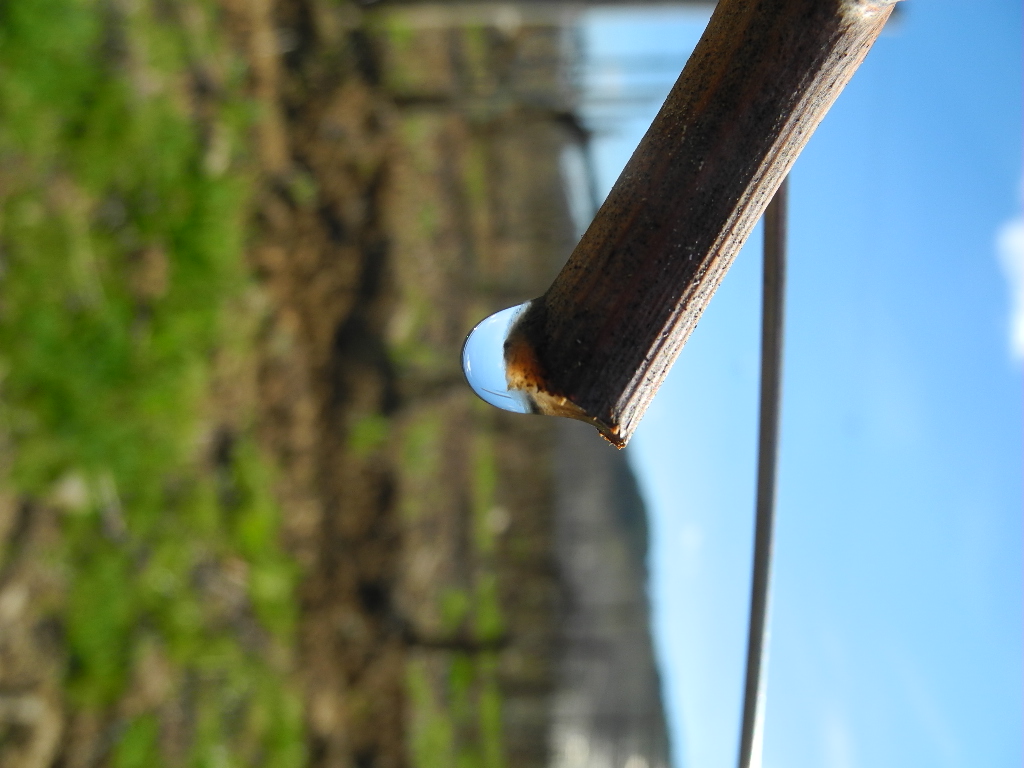
Brolio Highlights
01 July, 2022
When we talk about plants in general and vines in particular, the “invisible” underground roots are as important as what we can see above ground, namely the branches, leaves, flowers, or grape clusters. The roots’ main function is to absorb water and nutrients from the soil, especially mineral salts, but they are also essential to ensuring the balance and general well-being of the plant, as they are largely responsible for the plant’s ability to withstand stress. In dry climates, such as the one we have been experiencing this year, a healthy “root system” is a key determinant of the quality of the final harvest.
Following drought stress, plants are able to deploy a series of defensive mechanisms thanks to the hormones produced in large part by their roots, which are responsible for the vine growth. Some such responses include decreased transpiration through the closing of the “stomas” (i.e., the small pores on the lower part of the leaves), inhibition of shoot growth, and protein production that prevents the cell membranes from drying out. Most importantly, there is an urge for the root to grow that allows the plant to explore and reach wet deep soils.
It is a known fact that vines produce higher quality grapes when they are little “stressed.” However, this stress cannot be excessive, especially during certain phases of the vine’s life cycle, such as during grape ripening when the plant should regularly have access to the water it needs, as we will soon tell you about.







